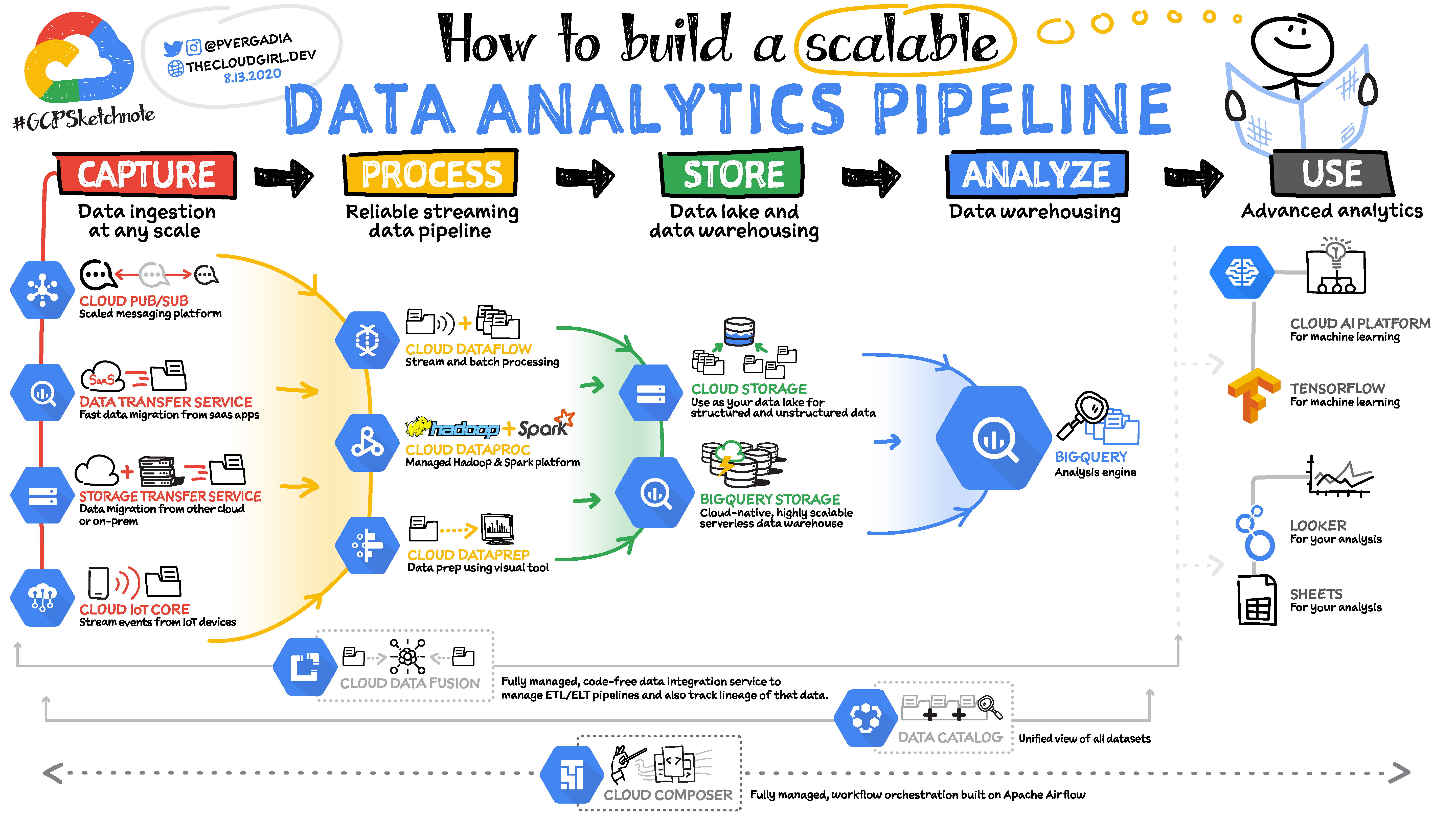Why is data and analytics important for improving your blog?
- Understand your audience
Data and analytics can help you gain a better understanding of your audience’s behavior and preferences. By tracking metrics like page views, bounce rates, and time spent on page, you can identify which types of content and topics are most popular with your readers, and tailor your content to better meet their needs and interests.
- Identify opportunities for improvement
By analyzing your blog’s data, you can identify areas where your blog may be underperforming, such as high bounce rates or low engagement. This can help you pinpoint opportunities for improvement and make changes to your content, design, or user experience to better engage your audience.
- Measure the effectiveness of your strategies
Data and analytics can also help you measure the effectiveness of your strategies, such as social media promotion or email marketing campaigns. By tracking metrics like click-through rates and conversion rates, you can determine which strategies are most effective in driving traffic and engagement to your blog.
Tips for using data and analytics to improve your blog:
- Set clear goals
Before you start analyzing your blog’s data, it’s important to set clear goals for what you want to achieve. This could be anything from increasing page views to improving engagement or reducing bounce rates. By setting specific and measurable goals, you can focus your analysis on the metrics that matter most for your blog’s success.
- Use a variety of analytics tools
There are a variety of analytics tools available, including Google Analytics, SEMRush, and Ahrefs. Each tool offers different insights and metrics, so it’s important to use a variety of tools to gain a comprehensive understanding of your blog’s performance. Experiment with different tools to find the ones that work best for your needs.
- Pay attention to user behavior
User behavior metrics, such as click-through rates and time spent on page, can provide valuable insights into your audience’s behavior and preferences. Pay attention to these metrics to identify which types of content and topics are resonating with your audience, and use this information to create more engaging and relevant content in the future.
- Experiment and iterate
Data and analytics are not static; they are constantly changing and evolving. Use your analytics data to experiment with different strategies, content types, and designs, and iterate based on the results. By continually testing and optimizing your blog, you can improve your audience engagement and take your blog to the next level.
In conclusion, data and analytics are essential tools for improving your blog’s performance and engaging your audience. By setting clear goals, using a variety of analytics tools, paying attention to user behavior, and experimenting and iterating based on the results, you can use data to take your blog to the next level and achieve the success you deserve. Remember, the key to successful data analysis is to remain curious, open-minded, and focused on the metrics that matter most for your blog’s success.





